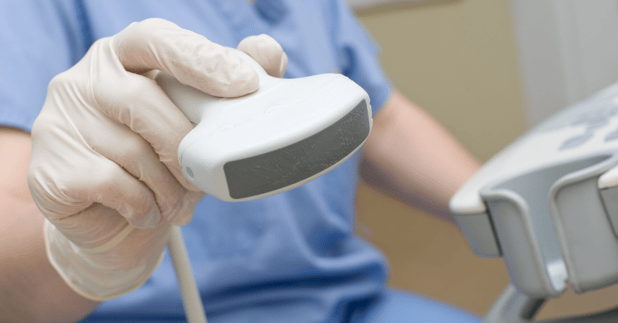Your organisation may be involved in one or more medical device life-cycle stages such as design and development, production, storage and distribution, installation, servicing or associated activities (e.g. technical support). ISO 13485 can also be used by suppliers that provide products and/or services to organisations working in these stages. Participants will gain knowledge and learn process steps to facilitate the implementation of an effective QMS aligned with or certified to ISO 13485:2016. Applying ISO 13485 helps ensure that businesses deliver consistent good-quality products and services, ultimately improving customer satisfaction and contributing to commercial success.
The course will provide a short introduction to the regulatory landscape of Quality for medical device companies followed by practical advice to help you implement a QMS across the four (4) key areas of ISO 13485. It will cover:
- The Regulatory Environment
- The ISO model for an effective process-based QMS
- The application and integration of a Quality Risk Management (QRM) framework
- Key areas of ISO 13485 (including changes in the 2016 standard)
- Management responsibility
- Resource management
- Product realisation
- Measurement, analysis and improvement

Day 1:
- ISO 13485 Overview
- A Process-Based Quality Management System
- How to implement a Quality Management System in a manufacturing organisation
- Management Responsibility
- Resource Management
- Application of RISK Management Principles
- Product Realization
- Measurement and Analysis
- How can we prove equipment and processes are fit for purpose?
- The Regulatory Environment and expectations
- Integrated QMS system- What does this mean?
Day 2:
- Know your legal obligations
- Understand the success factors for an effective QMS and the benefits it delivers
- Develop risk management strategies for products and processes
- Determine if your organisation is ISO 13485 audit-ready
- Develop plans to streamline your QMS and maintain practical compliance
- ISO Requirements for a Process Based QMS
- Cleanliness of product and contamination control
- Production and Process Control
- Elements of design control
- Quality system requirements for design control SOPs and records
- Role of risk assessment and mitigation of risk through design
- Relationship between design input, out put and reviews
- Importance of design transfer, verification and validation
- Role of change control in the design life cycle
- Importance of the design history file
- Validation Principles
- State the reasons for validation.
- Describe the development of validation and regulatory control.
- List the scope of validation.
- Describe the V model approach to validation documentation.
- State the difference between IQ/OQ and Engineering commissioning.
- Describe the difference between critical and non-critical items.
- State the definitions of some important validation terms.
- List the important regulatory and GMP validation guidance documents
- Industry Case studies
Participants
This course is open to anyone interested in learning more about the application of ISO 13485:2016 requirements and benefits of a quality management system for medical devices. You may be a subject matter expert, researcher, start-up, supplier or a graduate with interest
Format and Course Length
The course will be delivered as an online virtual-classroom training session.
Participants will be provided with a PDF of the training material in advance of the training should they wish to print and annotate notes. Participants will be connected to the trainer and other participants via online collaboration tool Zoom with connected video (webcam / screen sharing) and audio (computer audio or phone dial-in). Theory will be delivered by the trainer sharing their screen of the PowerPoint presentation. Facilitated workshops will be run in digital breakout rooms (e.g. a group of 12 might split into 4 breakout rooms each with 3 participants to separately work on a problem). Breakout rooms can call the trainer in for support when required and the trainer can electronically bring everyone back to the main session to debrief when appropriate.
The training will be delivered as 2 full day sessions. Breaks are included.
PDF Certificates will be provided to participants electronically.
What Do I Need?
Participant needs are very basic. You will need a computer or suitable device with a good internet connection. A headset (headphones with microphone) and second monitor/screen are recommended but not required.
Sessions
| Sessions | Dates | Times |
| Day 1 | 10 October 2024 | 8:45am join for 9am-5pm |
| Day 2 | 11 October 2024 | 8:45am join for 9am-5pm |
Times are based on Singapore time (SGT): UTC +8:00.
Participants to join at 8:45am in advance of a 9:00am start to address any technical issues.
Fee
- SGD $1400 (excluding tax) per participant
- A 10% discount applies to 3 or more participants from the same company
Course Registration and Payment
To register, please contact us at solutions@seerpharma.com
Contact us to discuss your interest in a public or private delivery of this course.
